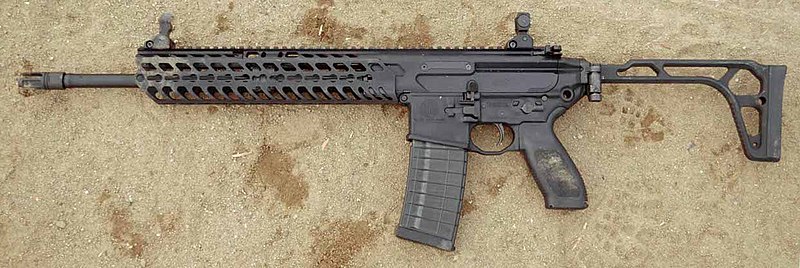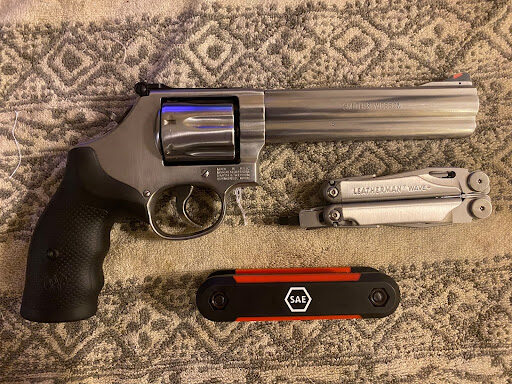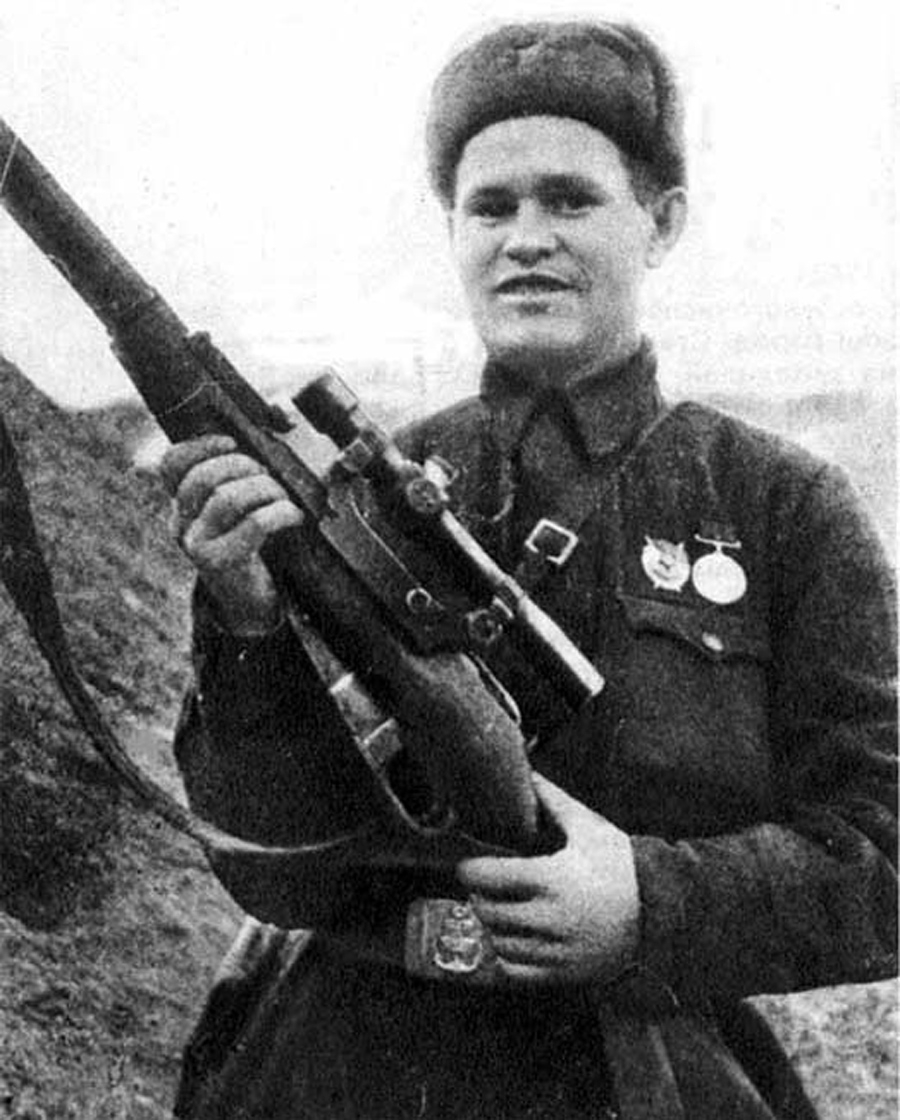
Photo Courtesy of Mil.ru.
He was one of the greatest marksmen to ever live. What’s more, he gained his fame during one of the bloodiest, most ruthless battles in the history of warfare. If you’ve ever seen Enemy at the Gates (a good movie despite Russian characters speaking in British accents), you’ll know who we’re talking about. In this entry of History’s Greatest Marksmen, we’re going to look at the legendary exploits of Vasily Zaitsev.
Who Was Vasily Zaitsev?
Early Life
You probably couldn’t come up with a better origin story for an elite Russian marksman if you tried. Zaitsev was born in the village of Yelenovsk in the Urals. He learned to hunt at a young age, spending days in the wilderness tracking and trapping animals with his younger brother.
Zaitsev killed his first animal (a wolf) at age 12 with a single-shot Berdan rifle. 10.5×58 cartridges for the Berdan were scarce at the time, making Zaitsev appreciate the value of every shot he took.
War Service
Vasily Zaitsev first joined the Soviet armed forces in 1937 as a sailor in the Navy stationed in Vladivostok. However, after the Nazis invaded the Soviet Union, he volunteered to fight on the Eastern Front. The Red Army assigned him to the 248th Rifle Division of the 62nd Army underdetermined and skilled General Vasily “The Stone” Chuikov (an all-around bad mama jama who would go on to receive the initial German surrender in Berlin in 1945).
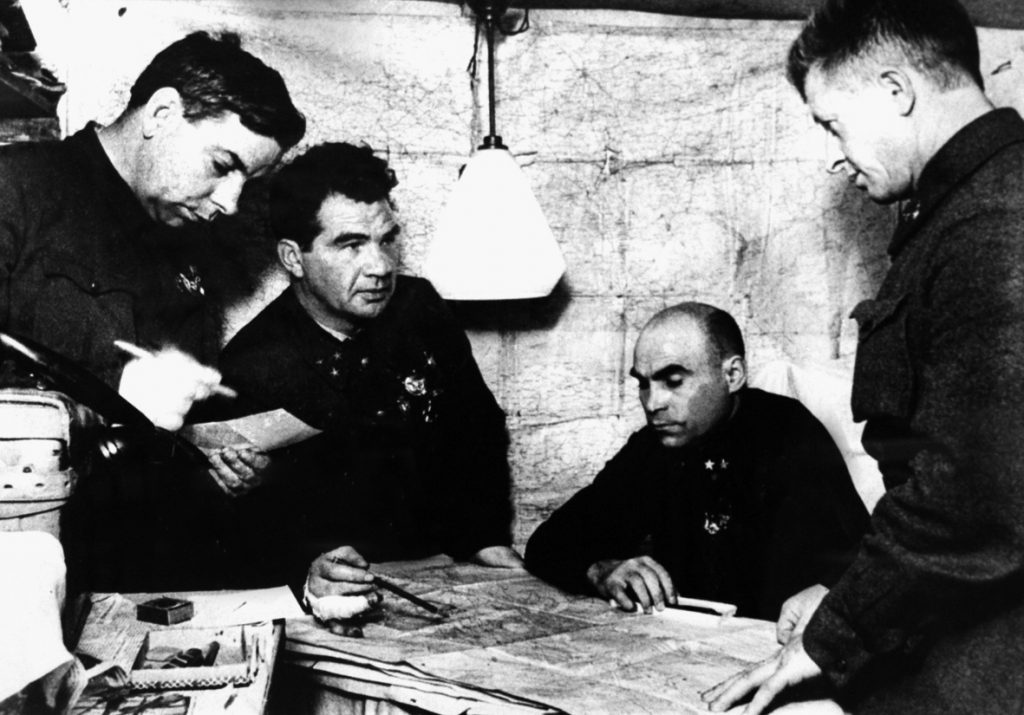
General Vasily Chuikov (center left), head honcho of 62nd Army, with his staff at Stalingrad. Photo Courtesy of Mil.ru.
Vasily Zaitsev in Stalingrad
On September 22, 1942, Zaitsev entered Stalingrad in a boat crossing the Volga. The battle had already been raging for a month, turning the city into burning rubble. Zaitsev’s unit was responsible for bearing the brunt of the German 6th Army’s attack at Stalingrad.
While much of the Battle of Stalingrad was characterized by house-to-house, room-by-room fighting, that wasn’t Zaitsev’s MO. Instead, he would go on intense, multi-day missions to neutralize high-value targets like officers or other marksmen.
Zaitsev and his partner Nikolay Kulikov had countless exploits during Stalingrad. One of their most famous feats was a three-day sniper battle with a German marksman. According to Zaitsev, he said that “the duel went on for three days, but it ended in our victory in a matter of seconds.” He and Kulikov managed to force the German into giving up his location, at which point Zaitsev made the fatal shot.
The enemy marksman was, according to Zaitsev, the instructor at a sniper school in Berlin. Zaitsev would go on to “liquidate” (his words) around 300 German marksmen over the duration of the Battle of Stalingrad.
Injury
In January 1943, Zaitsev suffered an eye injury from a German mortar attack. He was blinded, but famed Russian eye doctor and corneal transplant pioneer Vladimir Filatov managed to restore his sight. Eventually, Zaitsev returned to action during the Soviet offensive at Seelow Heights in 1945.
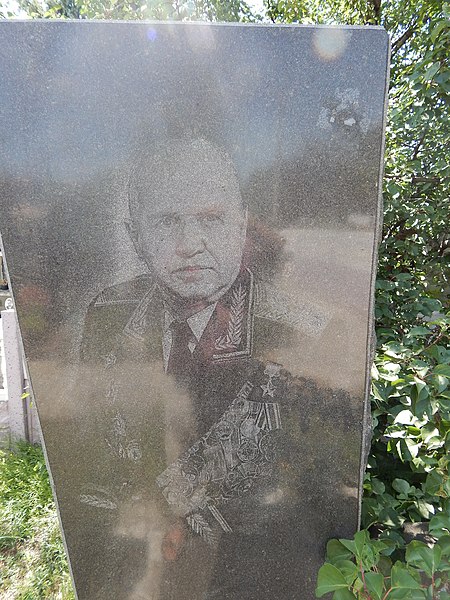
Photo Courtesy of Venzz
Post-War Life
After the war, Zaitsev retired to Kiev. He spent two years in a “detention center” from 1951 to 1953, when the government suspected him of espionage. After the Party released him, Zaitsev returned to Kiev and worked as the director of a textile factory. He died in 1991, just 11 days before the Soviet Union dissolved.
Want to read more about some of time’s greatest marksmen? Check out this article on Carlos “White Feather” Hathcock.

